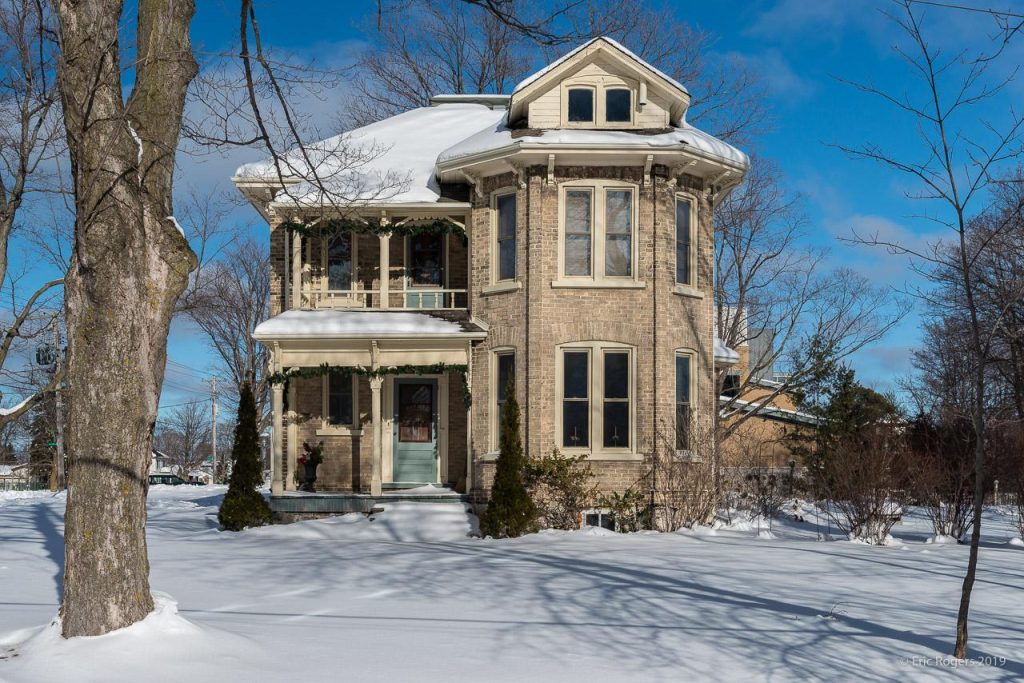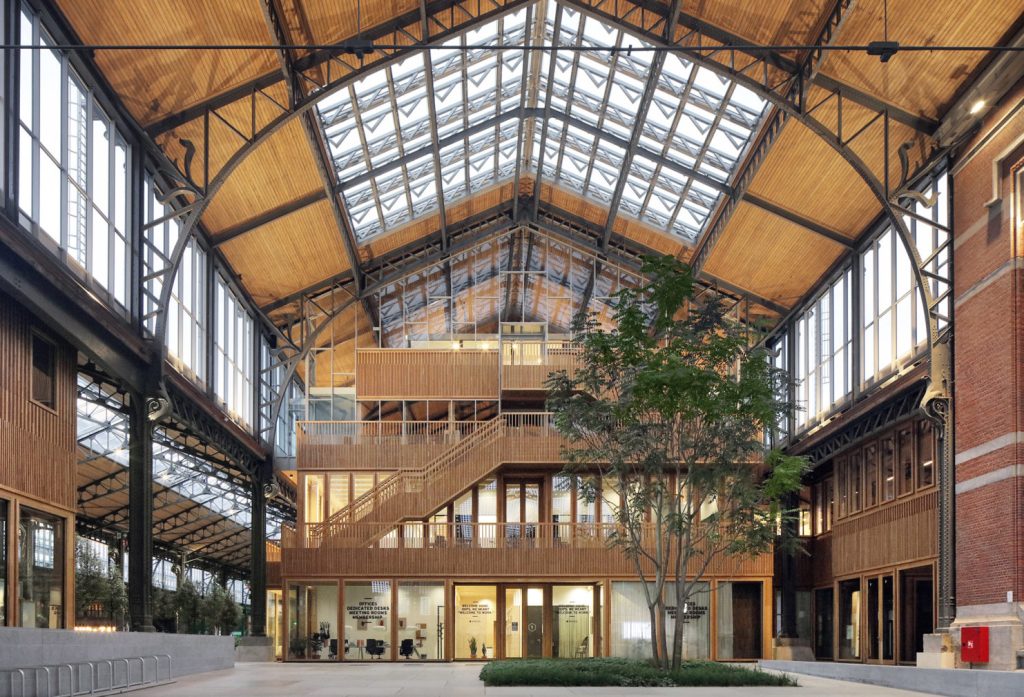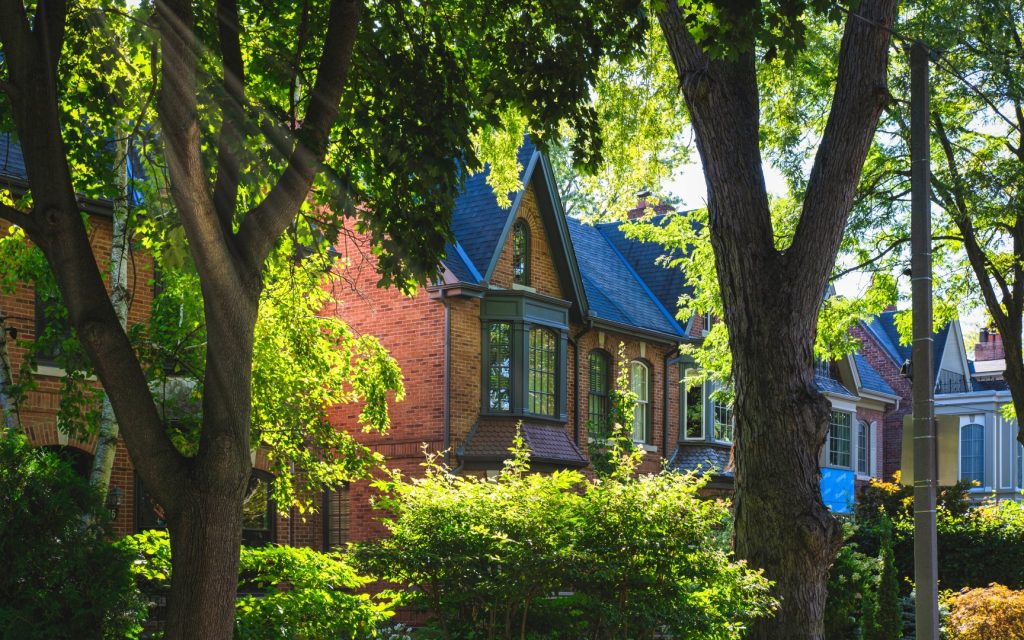Tax Benefits and Incentives for Heritage Conservation
Across Ontario, countless historical buildings stand as testaments to our past, embodying the stories and experiences of generations. But preserving these treasures often comes with significant costs. Fortunately, various tax and incentive programs exist to help property owners alleviate the financial burden and encourage heritage conservation efforts.
Tax Benefits and Incentives for Heritage Conservation Read More »













